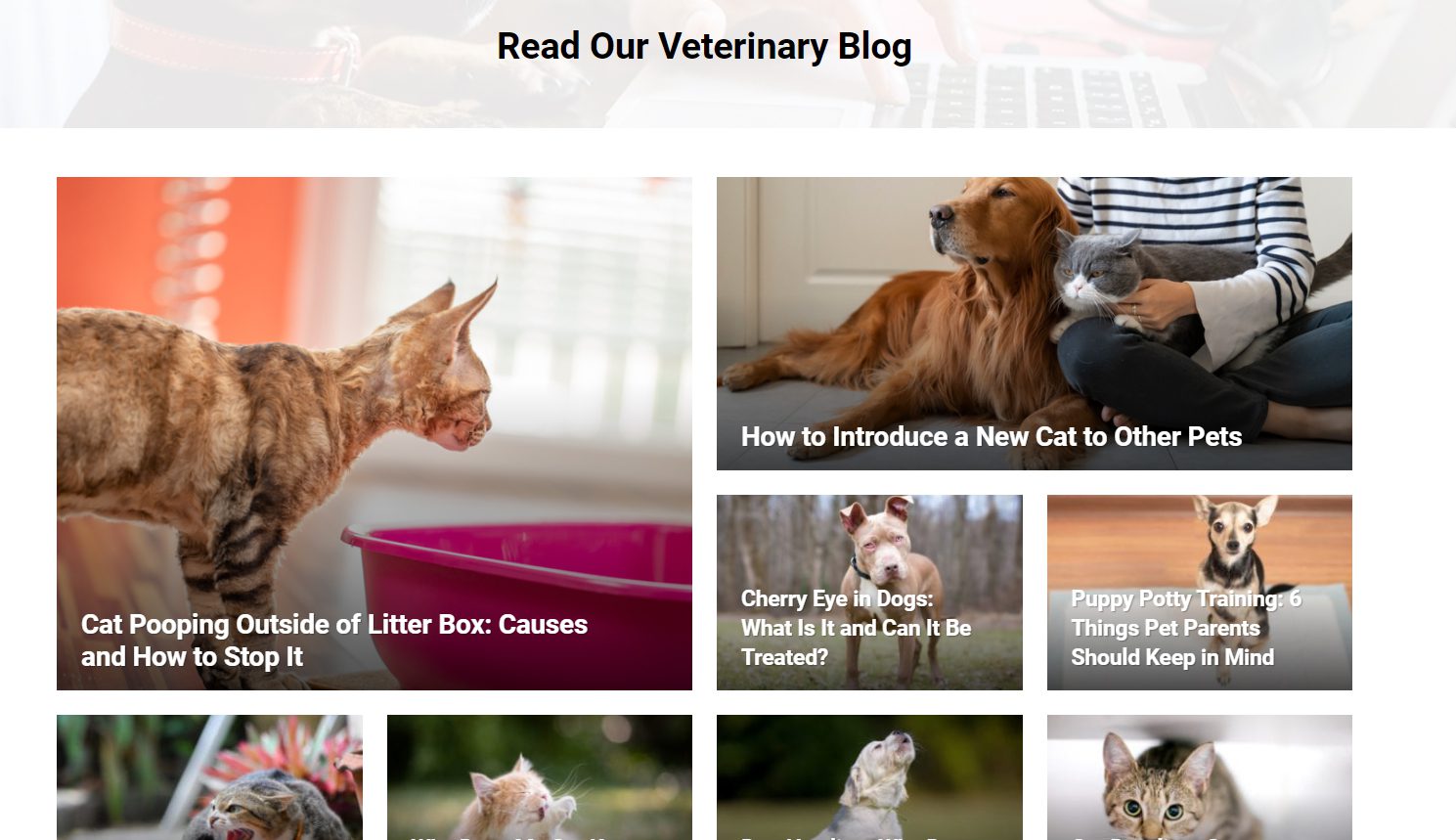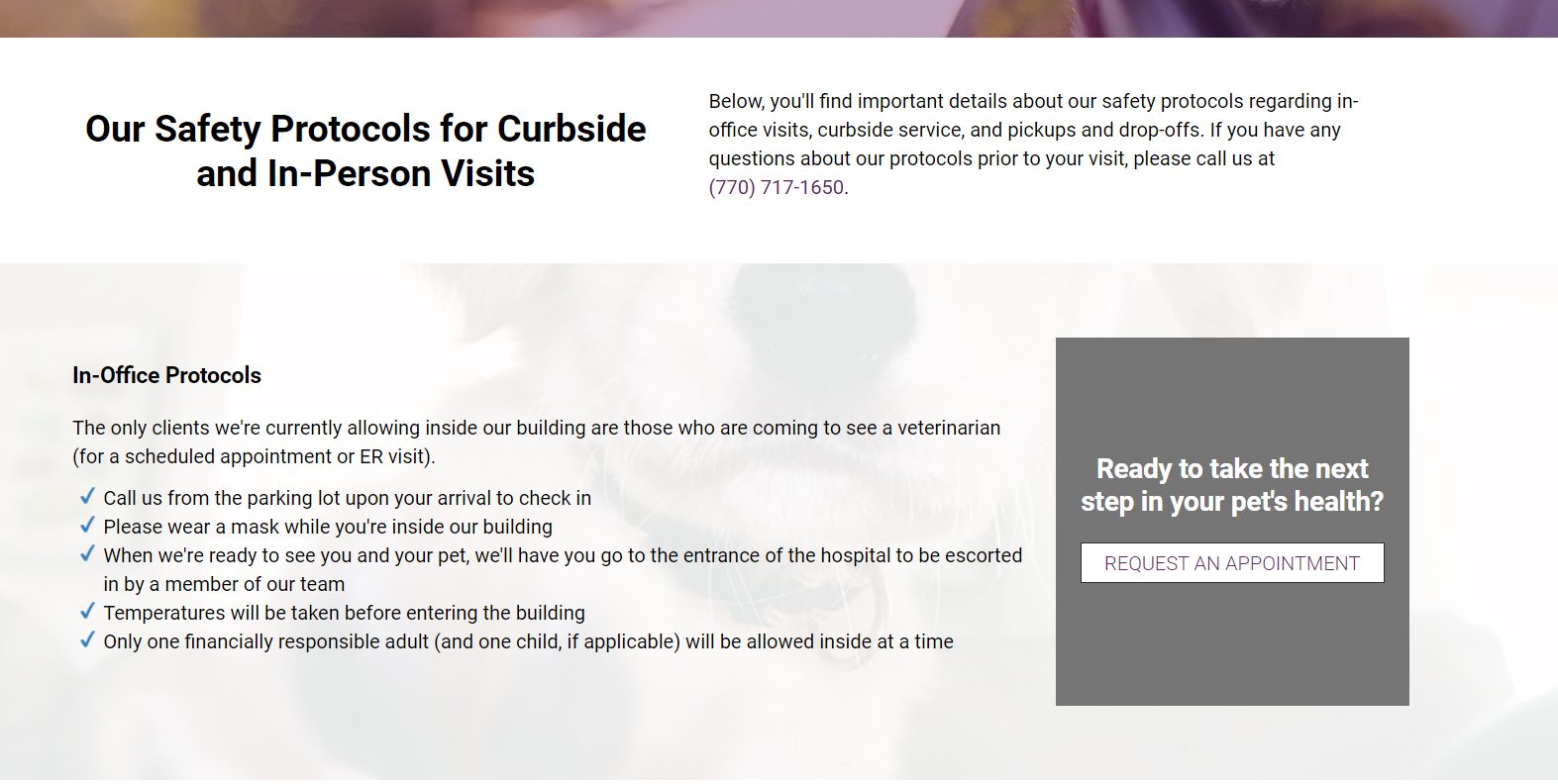Burnout and compassion fatigue are chronic problems in the veterinary industry, and they affect staff at all levels.
Burnout is “exhaustion of physical or emotional strength and motivation usually as a result of prolonged stress or frustration.” Compassion fatigue is a condition where an individual becomes physically and mentally exhausted, and experiences emotional withdrawal after caring for sick, injured, and/or dying patients for a long period of time. Many veterinary employees carry a heavy emotional burden, and over time this burden can cause them to tune out and become almost indifferent to their work and those around them.
What Causes Burnout and Compassion Fatigue in Veterinary Practices?
Some of the things that can contribute to burnout and compassion fatigue in veterinary practices include:
- Being overwhelmed with a high volume of patients (and less staff to serve them)
- Longer shifts due to shortage of staff
- Lack of clear communication among staff and with clients, which can result in misunderstandings, anger, and stress
- Clients taking out their frustrations on staff
- Staff experiencing guilt when they can’t help/save a patient
- Clients getting upset if their pet can’t be helped
Often, a lack of communication and understanding between a veterinary practice and its clients will lead to conflict. Clients get confused and upset, and this places more pressure on your staff members, who become more and more stressed out. It becomes a self-perpetuating cycle.
Tools to Help Improve Communication and Relieve Stress in Your Practice
Improving communications with your clients and keeping everyone on the same page can relieve some of the pressure on your team. It can also help your clients stay informed about what’s going on at your practice, so they’re not confused and irritated when protocols and/or services change.
Clear communication means clear expectations for everyone involved, and there are multiple ways you can communicate important information to your clients:
Blogs
If your vet practice already has a blog, be sure to make good use of it to inform your clients. Create blog posts around topics such as “What to expect for your visit,” “What to expect for your pet’s surgery,” “Our current COVID-19 guidelines,” or simply, “What’s new at our practice?” Share these blog posts on your social media channels so people will be more likely to see them. These blog posts should inform your clients or potential new clients, and hopefully dispel any uncertainty they might be experiencing prior to their appointment.
Your blog (and website in general) should be a place of education where clients can go to learn about your practice’s operations and what they can expect at their upcoming visit. This will help to establish your website/blog as a valuable and trusted resource, and something to which your staff members can refer clients to to get more information.
Pages on Your Website
Stale or inaccurate website content will only serve to confuse and frustrate clients, and generate a negative first impression with new clients. Similar to your website’s blog, your website copy needs to be up-to-date and clearly communicating your practice’s operations, current COVID protocols, services, etc.
Some examples of pages you can include on your website to inform your clients:
- A “What to Expect” page. If you don’t have one already, you should include a page on your website that essentially outlines what new clients can expect when they visit for the first time. This allows clients to set their expectations and experience less uncertainty and possible nervousness about their pets’ upcoming appointment.
- “Payment Options” page. Pet owners facing financial challenges may be stressed and frustrated about the costs of their pets’ care, and this can cause tension between them and your staff. One way you can mitigate this conflict is to have a page on your website that talks about payment options (and payment plans, if you offer them). If you accept CareCredit and pet insurance, let your clients know so they can plan ahead. Providing this information online can also give your staff a place to direct clients to to learn more, so they can focus more on helping patients.
- “COVID Protocols” page. The pandemic has been a difficult and frustrating time for many vet practices and their clients. Keep a regularly-updated page on your website that lists clear guidelines about current COVID mitigation protocols, and link to it from your social media channels to help get the word out. This information can also be communicated via banner and/or pop-up.
Banners/Pop-Ups
When a pet owner lands on your website, the first thing they should see if you have new, timely information to communicate is a banner and/or pop-up relaying that information. These eye-catching elements are intended to grab the viewer’s attention immediately and provide them with everything they need to know about your protocols/guidelines, promotions, etc. They’re pretty hard to miss!
Banners and pop-ups are usually temporary additions to a website, though they can be updated as needed so their information stays relevant.
Live Chat

Live chat feature on Coyne Veterinary Center’s homepage.
Clients with questions can contact your practice via live chat, instead of having to call and potentially be put on hold. Live chat is a handy little feature you can put on your website so pet owners can contact your team at any time with questions. This means quicker responses and less phone traffic, and it gives your practice the ability to communicate with more people in a shorter amount of time. It streamlines communications and makes getting in touch with you a lot easier. Clients can also use live chat to help with check-in.
Video
If your vet team has the time and resources, you can create a short video for your website and social media channels to communicate important information. A video has more of a personal feel, and it’s a great way to get your messaging across, being one of the most popular tools for marketing and promotion. Many vet practices are choosing video because it’s more personable and likely to reach a larger audience. You can also play your video(s) on your practice TVs (if you have them).
Combat Burnout and Compassion Fatigue with InTouch
If you need marketing professionals to support your team in its efforts to battle burnout and compassion fatigue, our knowledgeable experts can help. Our team can produce blogs and website content, provide live chat functionality for your website, and much more to help you improve communication between your clients and staff members. Call (800) 493-9003 to speak with a member of InTouch, and together we can help you achieve your practice goals.


